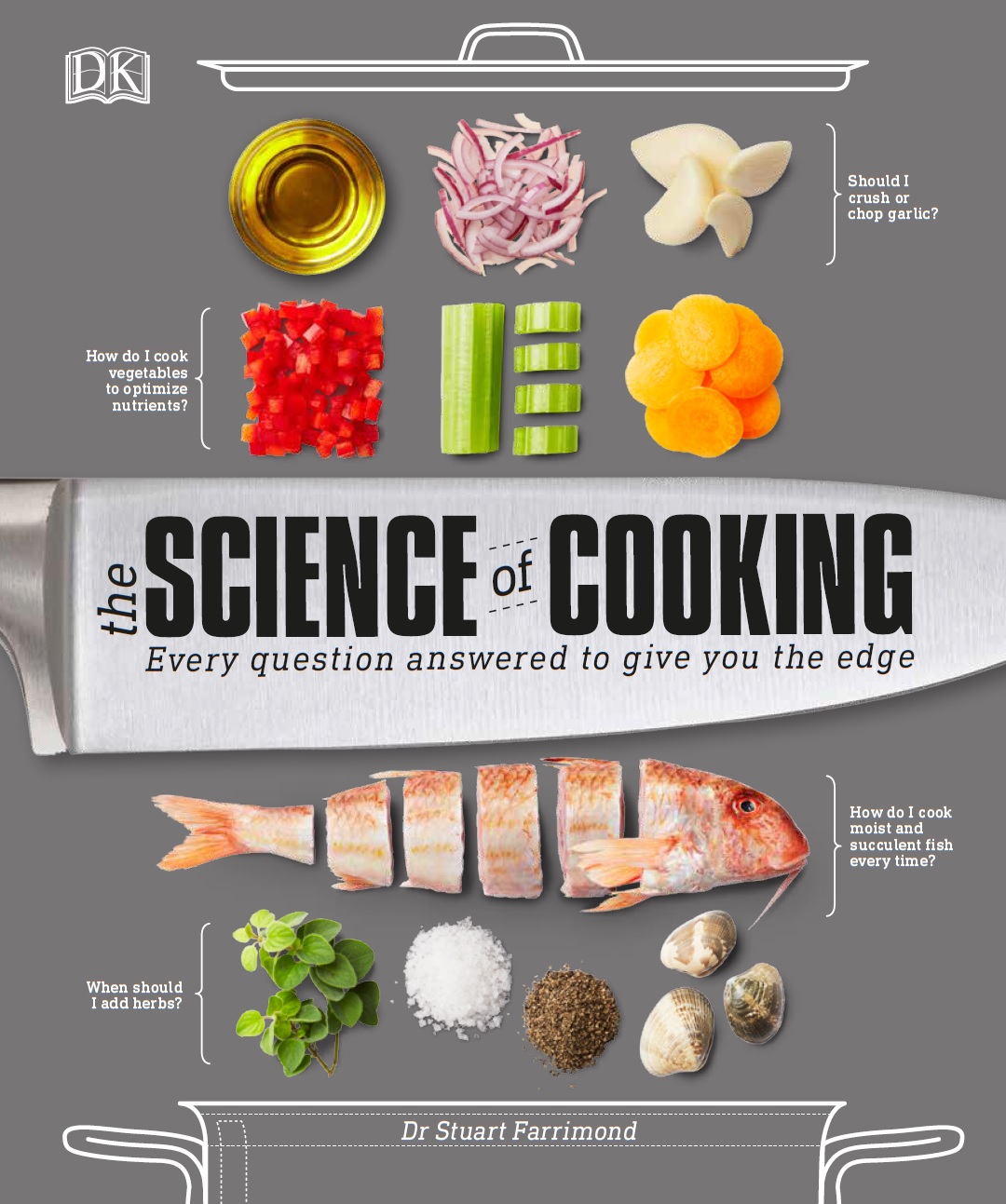 Polio is a disease that should be long dead by now. Some readers will be old enough to remember rooms full of ‘iron lungs’ – grotesque life-support machines that did the breathing for children left paralysed by this deadly infection. With their small heads poking out through a tight rubber seal, steam engine-like contraptions sucked and pressed on the child’s chest in the hope that their strength would recover. Polio infection was also called ‘infantile paralysis’ and it struck terror into the hearts of parents everywhere. The viral disease starts out like a mild flu then attacks the brain and spinal cord. A blight on humankind, children who survived could be left with monstrous deformities.
Polio is a disease that should be long dead by now. Some readers will be old enough to remember rooms full of ‘iron lungs’ – grotesque life-support machines that did the breathing for children left paralysed by this deadly infection. With their small heads poking out through a tight rubber seal, steam engine-like contraptions sucked and pressed on the child’s chest in the hope that their strength would recover. Polio infection was also called ‘infantile paralysis’ and it struck terror into the hearts of parents everywhere. The viral disease starts out like a mild flu then attacks the brain and spinal cord. A blight on humankind, children who survived could be left with monstrous deformities.
But thanks to the miracle of immunisation, these horrors are long forgotten in these lands. Polio hasn’t spread in Britain since 1984 and rates of polio worldwide have dropped more than 99 percent since the polio vaccine went global in 1988. A few years ago, health experts were certain that polio’s days were numbered. But in 2003 religious leaders in Northern Nigeria started spreading a conspiracy theory that the polio vaccine was spreading AIDS, cancer and infertility. America and the West were using vaccines to wipe out African Muslims, they said. Parents soon stopped letting their kids get the vaccine and – surprise surprise – polio rates soared. Scores of children are now needlessly dead. This tragedy isn’t a one-off and similar waves of vaccine paranoia have been sweeping India and Pakistan. We in the ‘developed world’ aren’t immune to malicious conspiracy theories either.
Ever since Dr Andrew Wakefield published a scientific report in 1998 claiming that the MMR (Measles, Mumps and Rubella) vaccine caused autism, parents have had a crisis of confidence in immunisation. The media whipped up into a storm that panicked parents who had never before seen someone affected by measles. Even though Wakefield was struck off seven years ago for making up his results to pocket a £400,000 backhander, his terrible legacy remains. Last year, child vaccinations dropped by its sharpest margin in a decade. Today – thirty years since polio was last killing our kids – we teeter on the edge of opening our homes once again to yesteryear’s lethal viruses.
Since 2001, vaccines have prevented over 20 million deaths and saved $350 billion in healthcare costs, making them perhaps the most effective innovation of modern medicine ever. But they only keep our children safe if everyone plays ball. We know that a minority of kids will always be vulnerable to an infection, even they do get all their jabs. You never know who is in danger, and the only way to keep them safe is to make sure at least 95% have vaccines. In the USA, the number of kids having the MMR vaccine has dipped to 91.9%. In 2015, 52 people were struck down with measles while at Disneyland, California. Thankfully nobody died but this is no comedy. Measles will kill and maim: my father was hospitalised when he was five years old was lucky to survive. We are tailing our American cousins into a storm – MMR vaccine uptake in the UK now stands at 92% and is sinking fast.
Wakefield’s scandalous MMR-autism claims were utter baloney and have been disproved time and again and again and again. Even so, changing minds that have been seeded with doubt can be harder than drawing blood from a stone. Psychologists know when we have made an important decision, we will tend to ignore all the evidence that contradicts it. Hence climate change deniers reject the data showing the world is warming; ‘Flat Earthers’ insist that the world is flat despite the countless photos from space; and some people even believe that Elvis is alive, even though dozens of people positively identified his body. We should all learn to not be swayed by frightening headlines but always seek out the best available facts to inform our decisions. Let’s keep iron lungs a thing of the past.
Thanks for reading. Feel free to add your thoughts in the comments below. 









Discussion
No comments yet.